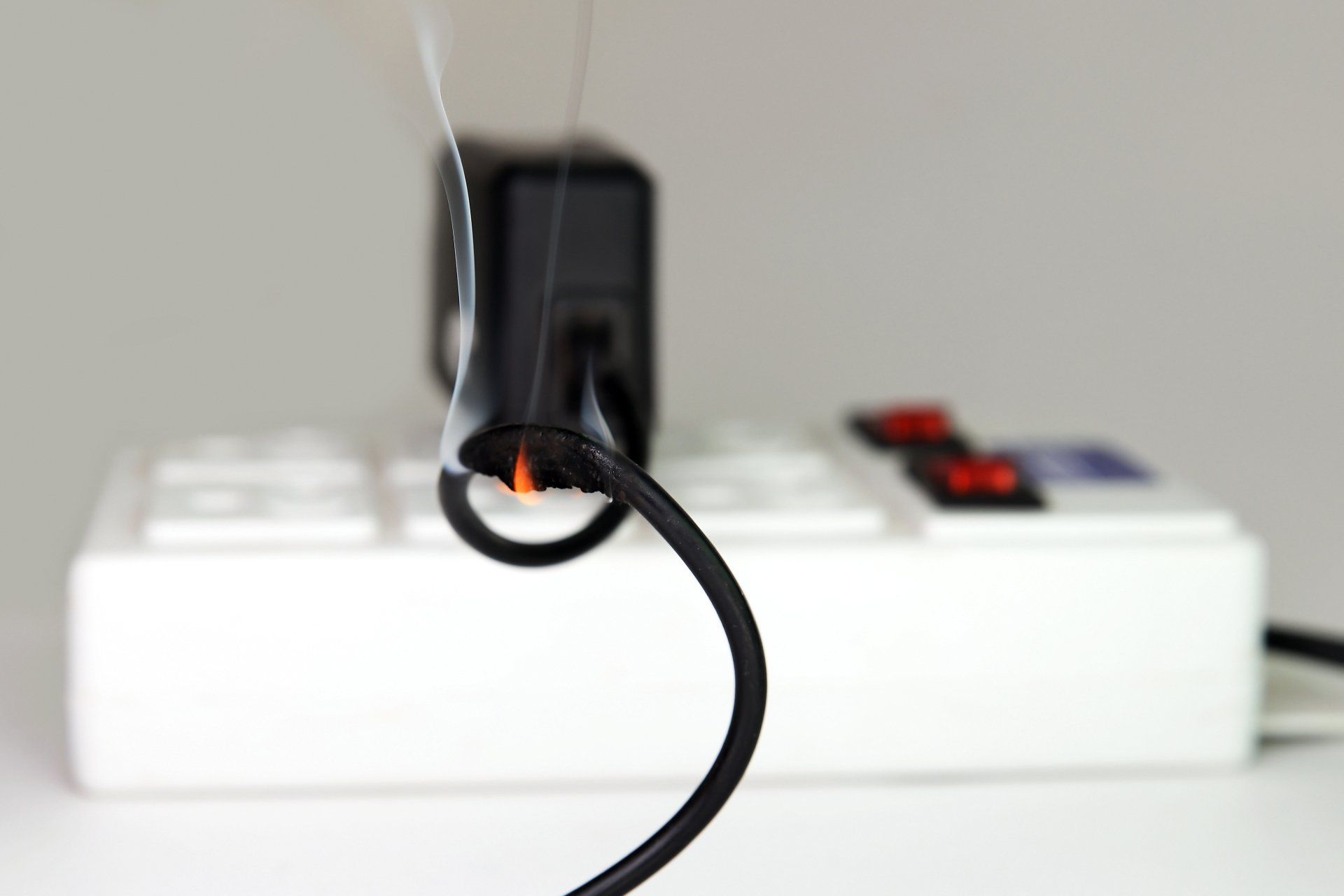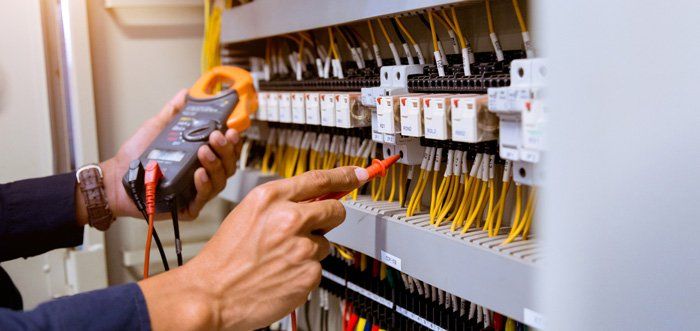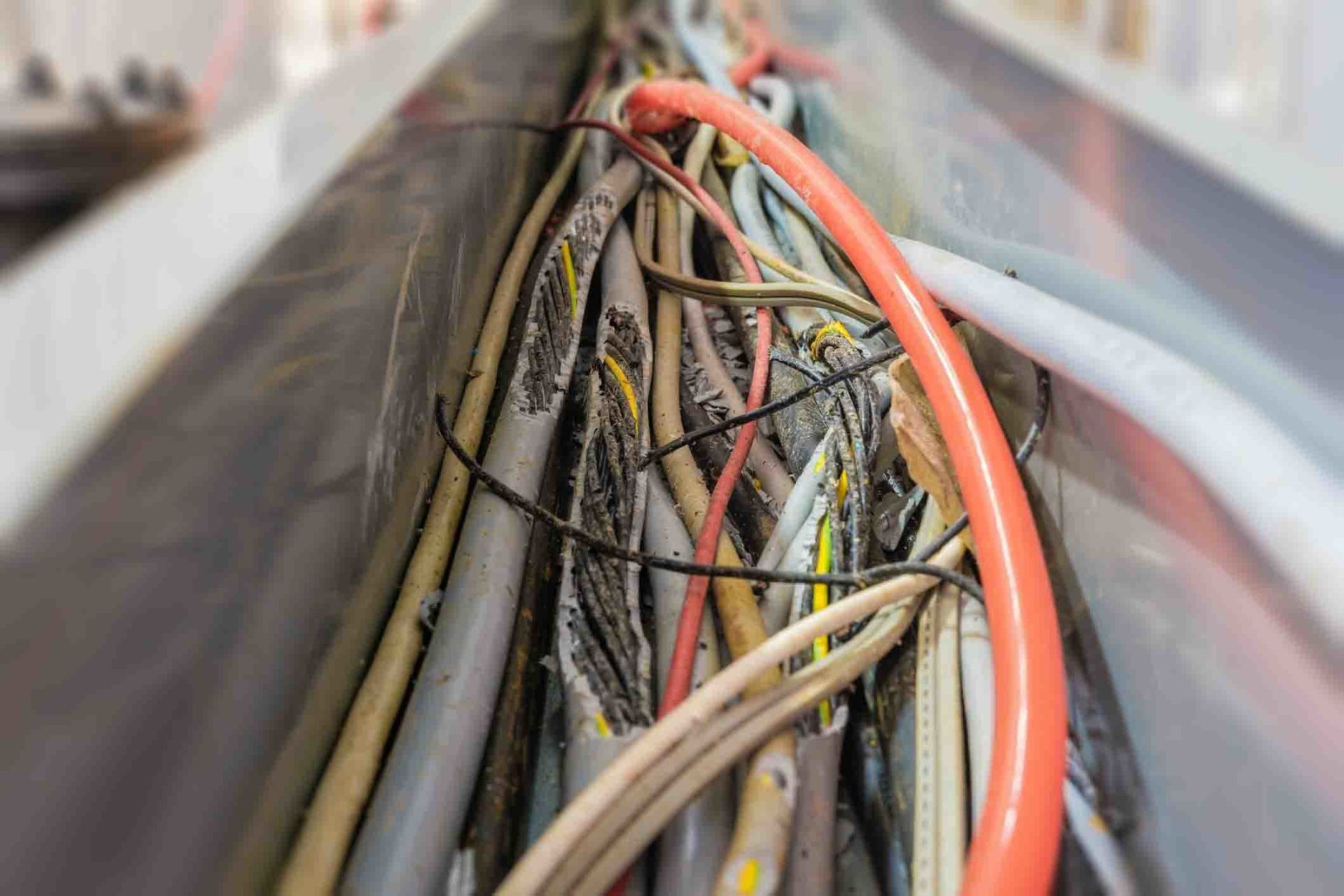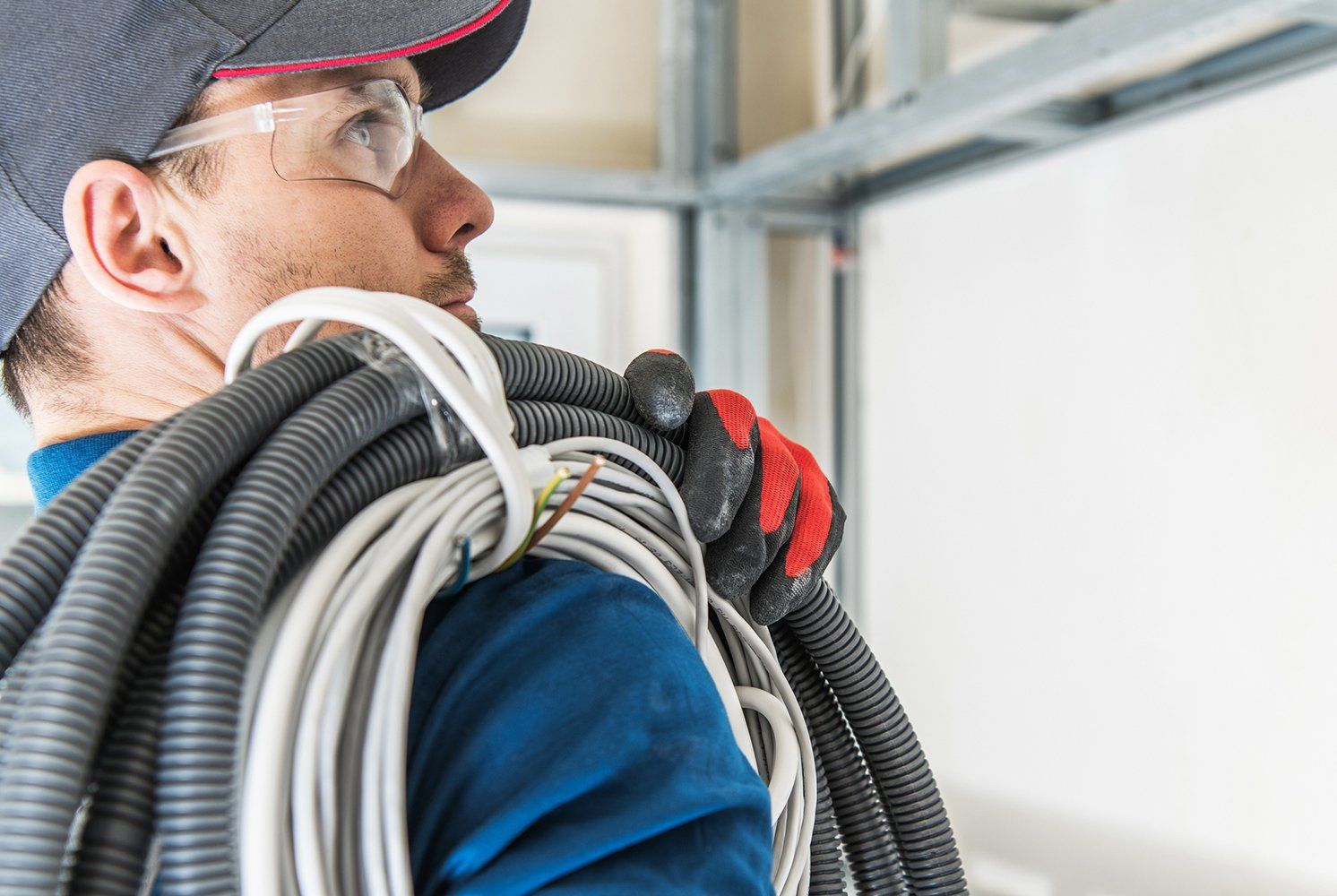3 Home Electricity Conservation Myths
If you are like most homeowners, you likely try to limit your home electricity use when you can to help keep your electric bill low while also helping the environment. However, you may have heard some myths about electricity consumption that lead you to believe you are taking all the steps you can to minimize your use of home electricity usage when you really are not.
Read on to learn about three home electricity conservation myths.
1. Turning Lights On and Off Uses More Electricity Than Keeping Them On
One common electricity conservation myth is that turning a light off and on uses so much electricity that homeowners can conserve electricity by keeping commonly used lights in their home on all day long.
This myth stems from the fact that some light bulb types, such CFL (compact fluorescent light) bulbs, do consume more electricity in the form of an inrush current while being turned on than they consume when they are already on.
However, this period of higher energy use only lasts for about 1/120th of a second, so it is minimal. In fact, the energy the bulb uses during this small amount of time is equal to the energy an already-lit bulb uses in about three seconds.
So, unless you routinely turn your home lights on and off every several seconds, you will always save more energy by turning lights off when not in use.
2. Switching to LED Bulbs Is the Only Additional Way to Save Energy on Lighting
Switching from traditional halogen incandescent or CFL bulbs to light-emitting diode (LED) bulbs is a great way to conserve electricity in your home. The average LED light bulb consumes just $25 of electricity during 25,000 hours of use, while a CFL bulb consumes $30 of energy, and a halogen incandescent bulb consumes $88 of electricity during this time span.
However, there are many more ways you can reduce the power used by your home lighting fixtures, including:
- Choose clear bulbs instead of frosted ones. While the coating on frosted bulbs makes the light they emit appear softer, it also reduces the light brightness. After you trade frosted bulbs for clear ones, you can install lower-wattage bulbs that use less electricity without decreasing the brightness of the light.
- Install dimmer switches. Dim lights require less energy to power than brighter lights. When you connect a light fixture to a dimmer switch, you can dim those bright lights when you would like to create ambiance in a room while also saving energy.
- Dust light bulbs regularly. A light bulb covered in dust emits 50 percent less light than a dust-free bulb while consuming the same amount of energy, according to Consumer Reports. If your old light bulbs are dusty, you can replace them with less powerful bulbs for the same brightness.
In addition, if you tend to leave home lights on at night after falling asleep, add a timer to those lights that automatically shuts them off around your bed time to conserve energy while you sleep.
3. Turning Off Electronic Devices When Not in Use Is the Best Way to Save Energy
Many appliances and other electronic items in your home continue to consume energy even when they are turned off. This energy waste is often referred to as electricity standby loss, and the U.S. Department of Energy estimates that the average homeowner can save $100 on electricity every year by learning how to prevent this standby loss.
The easiest way to stop this energy waste is to simply unplug electronic devices and appliances when they are not in use. If multiple electronic devices are plugged into a power strip, you can simply unplug the power strip instead of unplugging each individual device.
There are many ways to conserve electricity in your home, so do not let these three myths get in the way of your household energy conservation efforts. Contact the licensed electricians at Presley & Son Electric Service for expert dimmer switch and
energy-efficient light fixture installation today.














